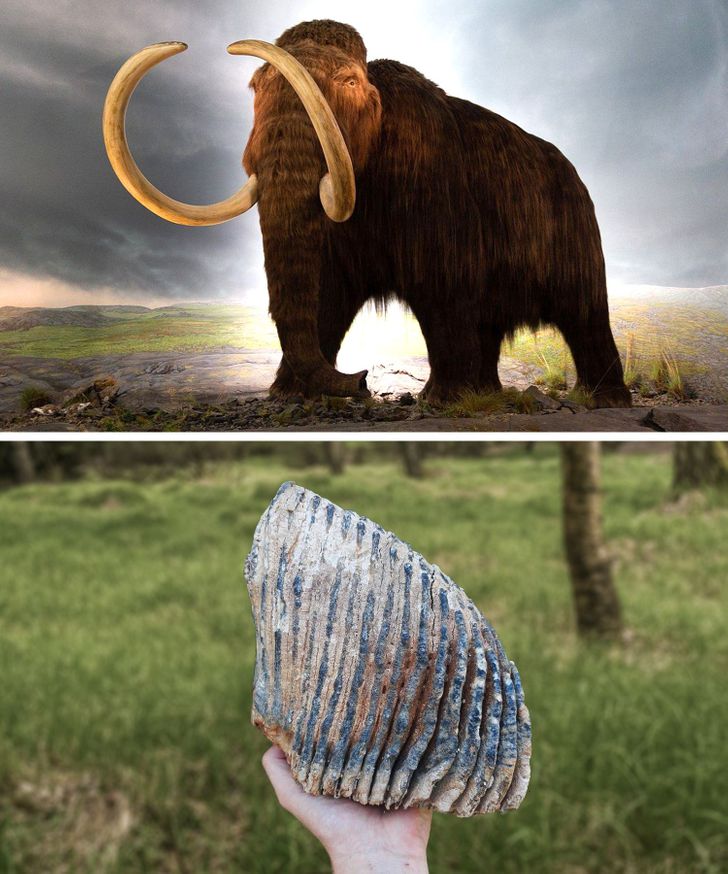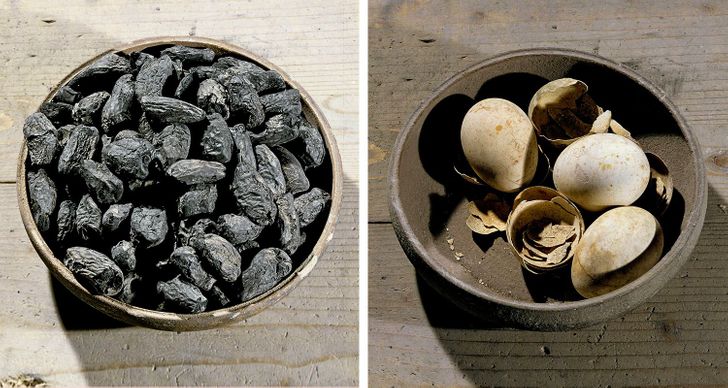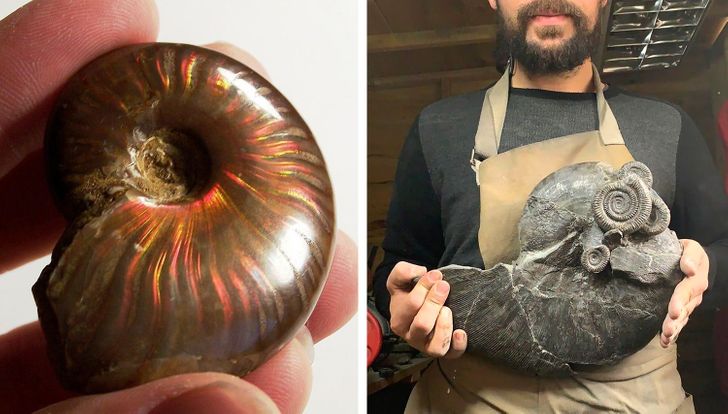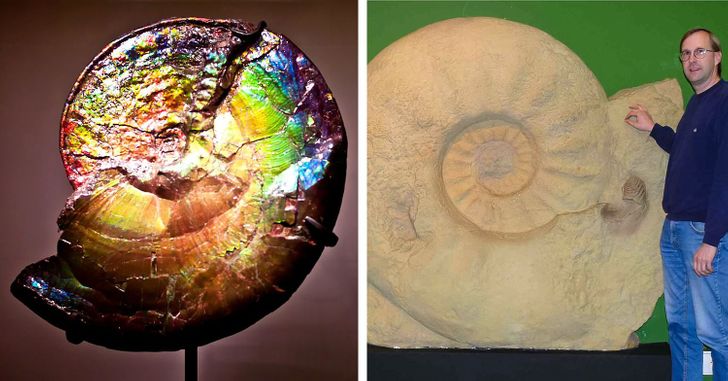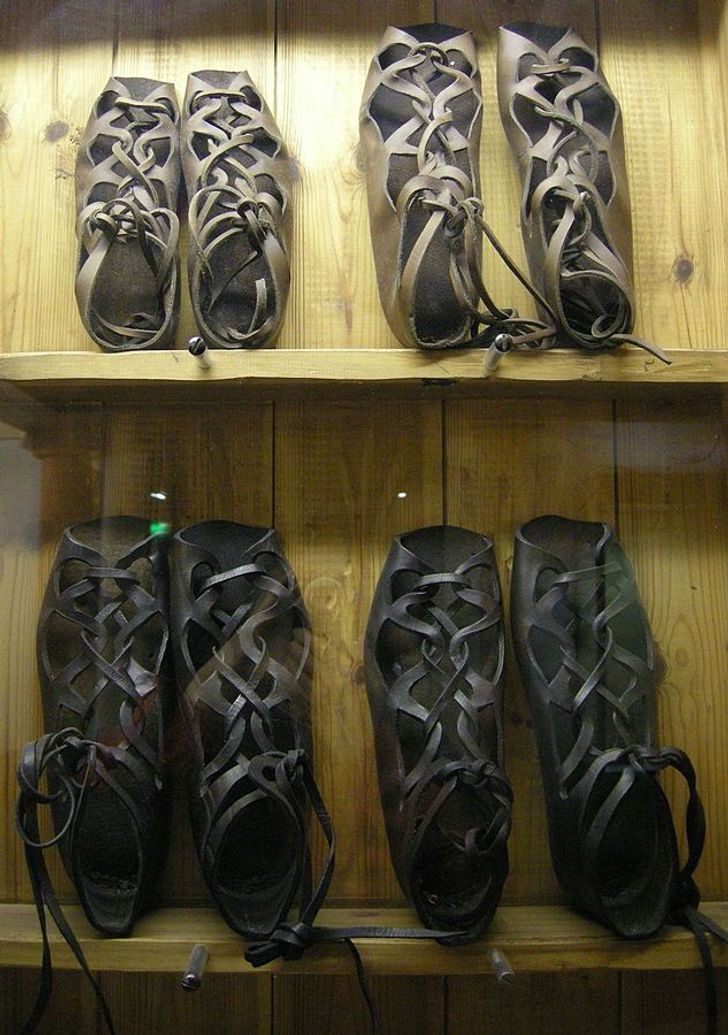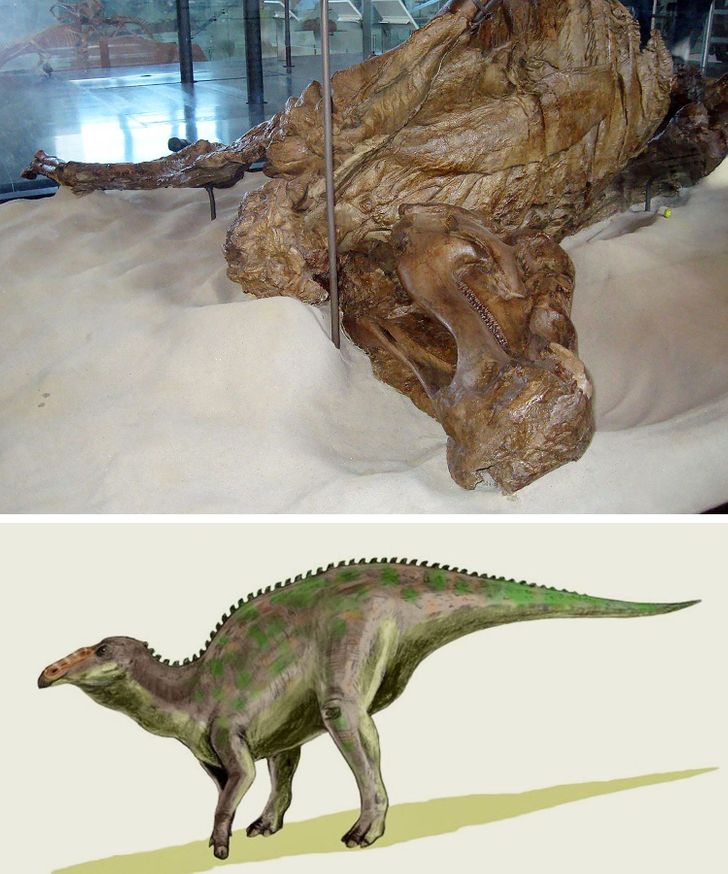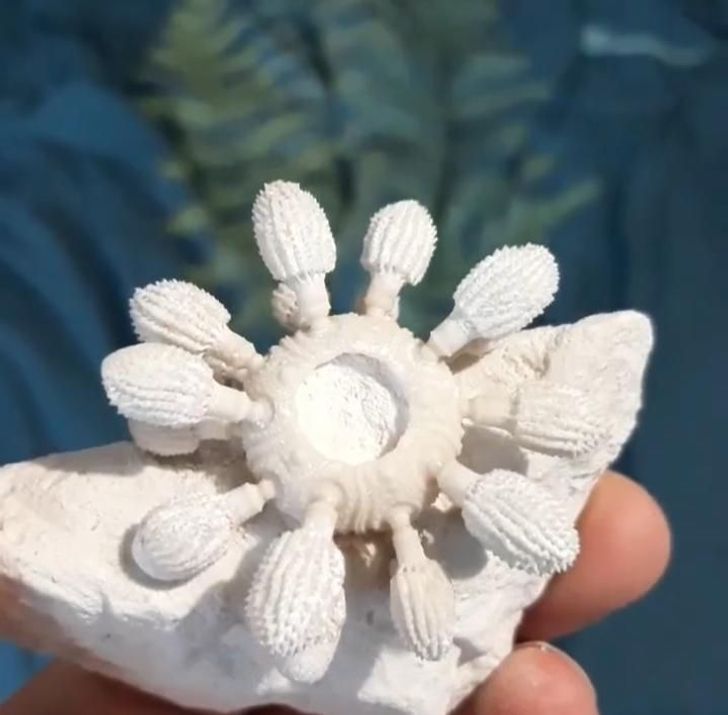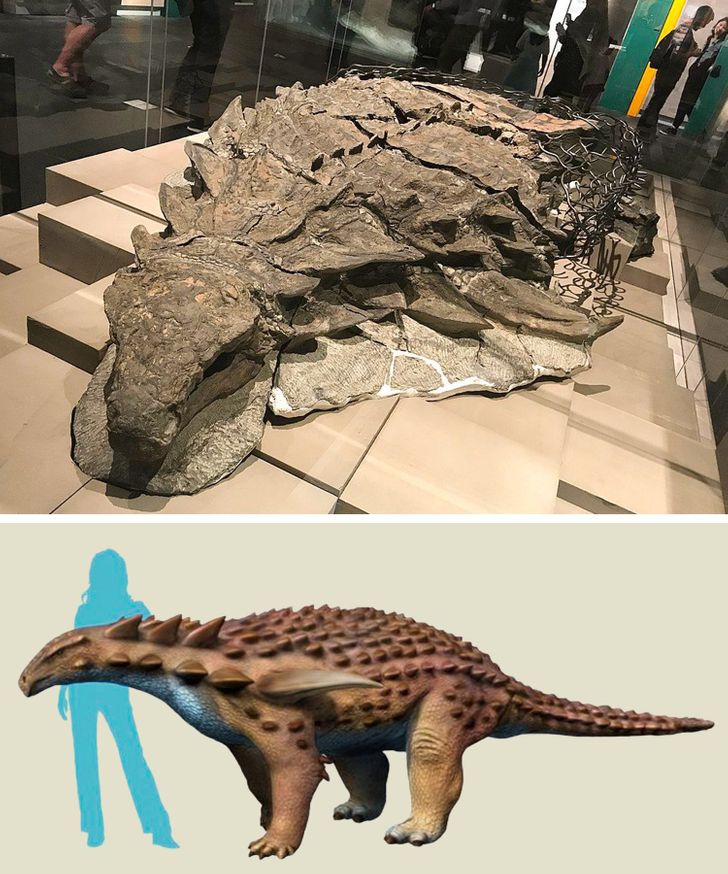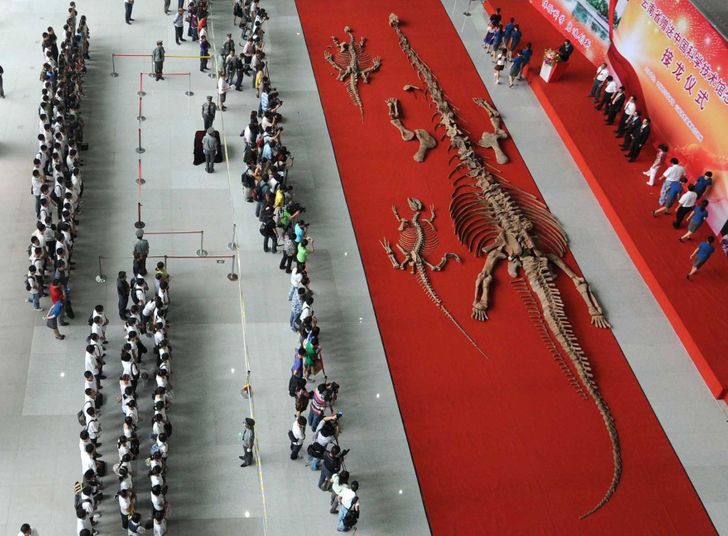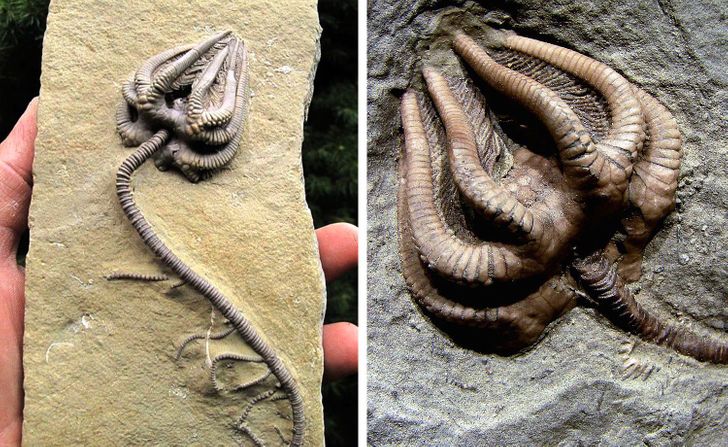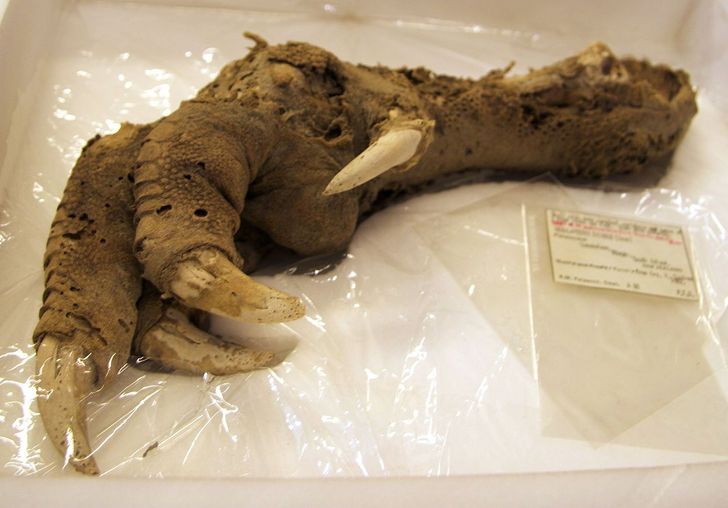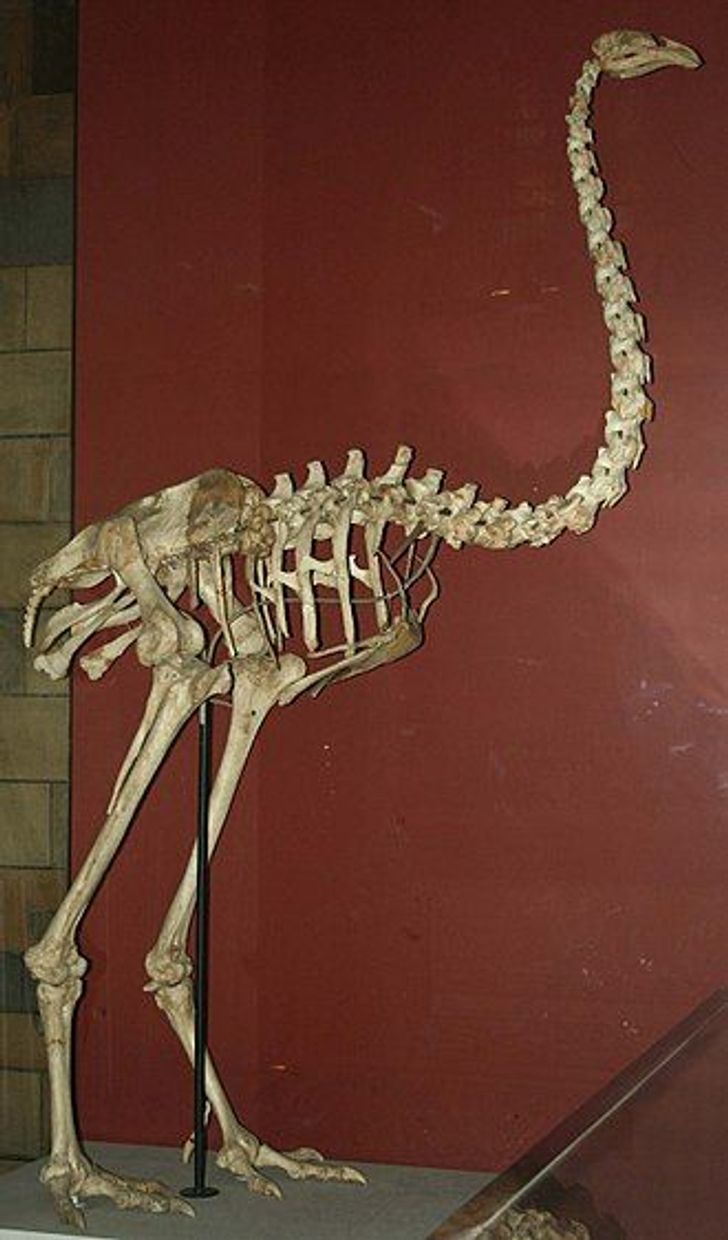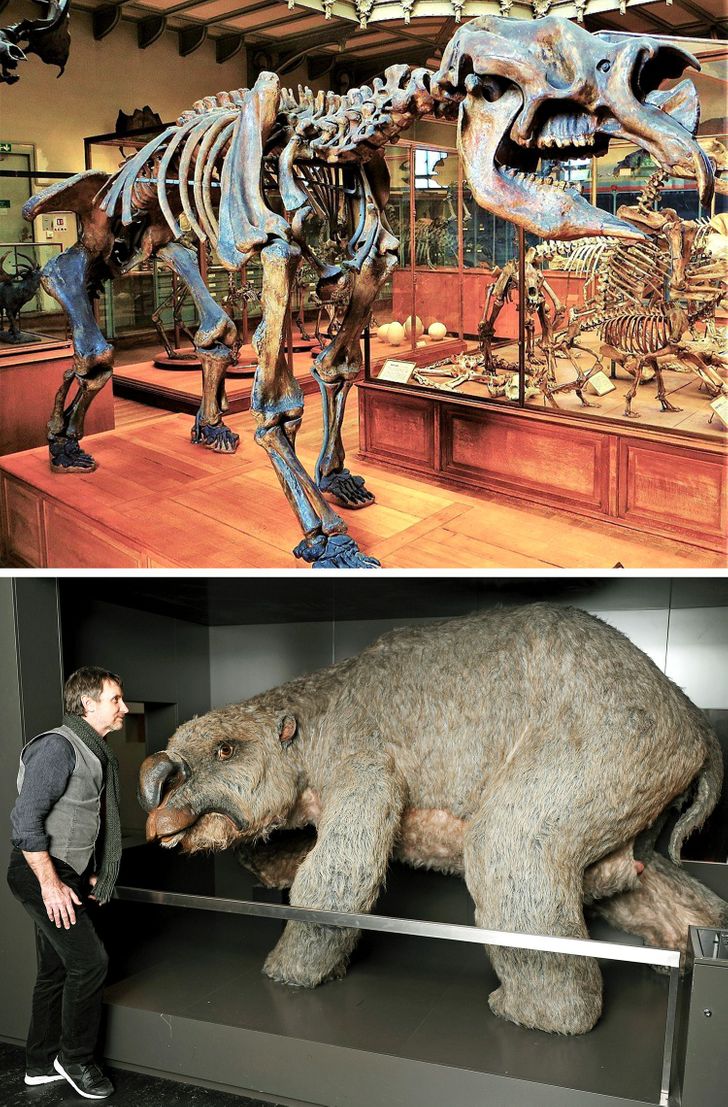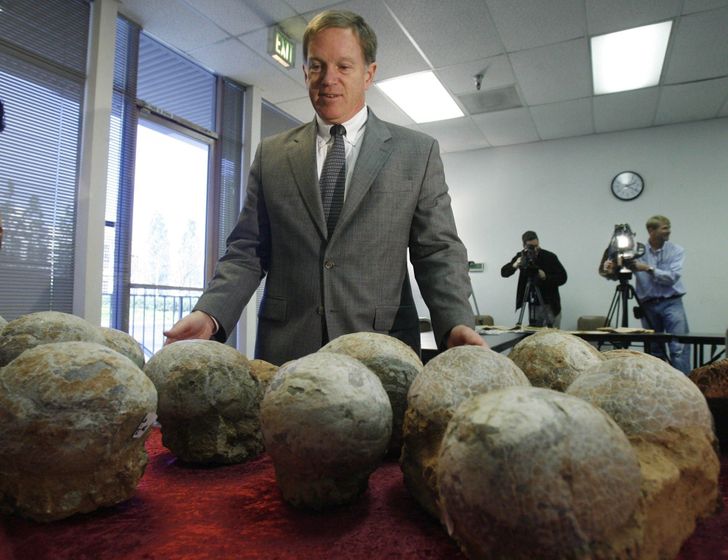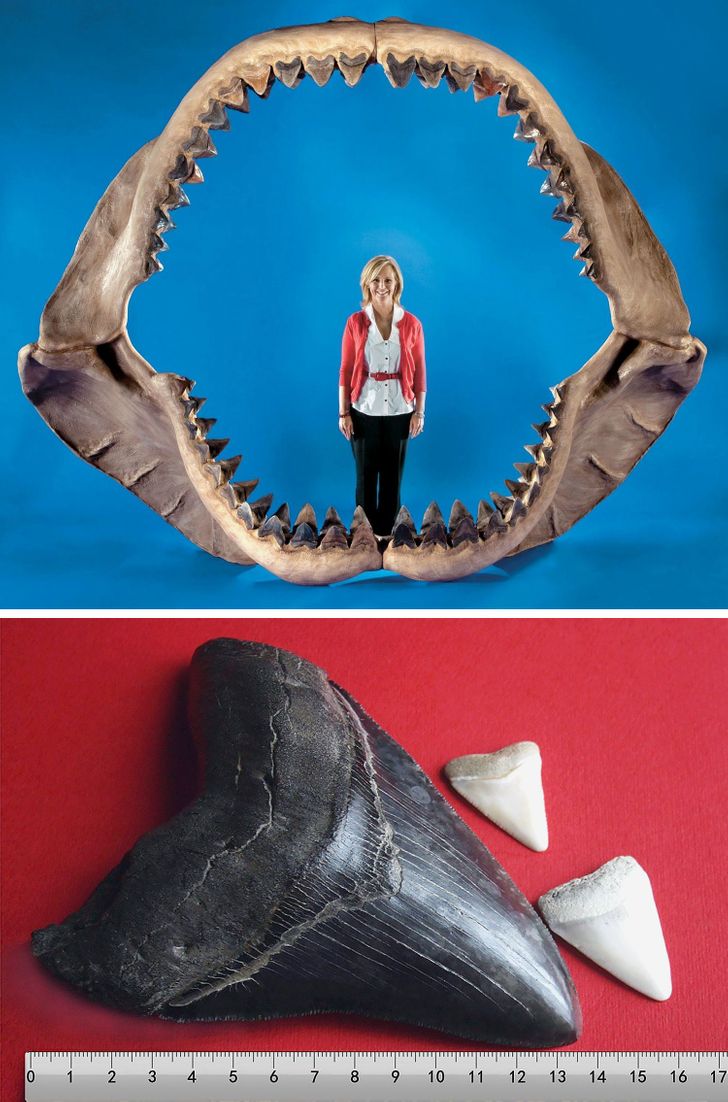I am the first viewer
13 Finds From the Past That Are a Million Times Cooler Than Any History Book
In the twenty-first century, we know a whole lot about ancient civilizations and extinct animals. But all this knowledge is a mere drop in the ocean. After all, even today, archaeologists make discoveries that leave the world with their jaws on the floor.
We at Bright Side have compiled stories about 13 impressive archaeological finds that’ll make your mind boggle.
1. A molar of a mammoth: at least 4,000 years old
Mammoths reached up to 15 feet in height. Naturally, their teeth were also of considerable size. They were equipped with enamel plates that helped the animals chew rough plant food.
2. Food from ancient Pompeii: almost 2,000 years old
In 79 CE, the infamous eruption of Mount Vesuvius occurred, extinguishing the lives of more than 1,000 residents of the nearby city. Pompeii was covered with layers of ash and tephra that reached almost 20 feet in height and completely hid some buildings from view. The lack of air and moisture allowed buried objects (even foodstuff) to remain in almost perfect condition to this day.
3. Ammonites: at least 66 million years old
4. 60 pairs of Roman sandals: about 2,000 years old
In the Scottish city of Camelon, archaeologists discovered 60 pairs of sandals from the times of the Roman Empire. The 2,000-year-old shoes are in excellent condition, but it is believed that the ancient Romans threw them away for being too “worn out!”
5. A “mummified” dinosaur: at least 66 million years old
6. A sea urchin: at least 450 million years old
The earliest fossils of sea urchins are about 450 million years old. The creatures had thick spines that they used for moving across the seafloor. In the period between 66 to 1.8 million years ago, the appearance of sea urchins began to change — their spines became smaller and their shells turned flat, allowing them to live in shallow waters.
7. Borealopelta: about 110 to 112 million years old
This specimen is one of the best-preserved dinosaur fossils of its size. The find included parts of the armor, skin, and even stomach contents from the animal’s last meal. As a result, scientists were able to surmise that the dinosaur could reach 18 feet in length, had a reddish skin tone, and ate mainly ferns.
8. The dinosaur Chuanjiesaurus anaensis: around 174 to 163 million years old
In 2009, the China Science and Technology Museum presented fossils of 3 dinosaurs. The largest of these belonged to the Sauropod group, which is truly amazing. In life, the long-necked herbivorous giant must have reached a height of 82 feet!
9. A sea lily: about 485 million years old
10. A preserved Megalapteryx foot: at least 520 years old
Also called “moa” in the Maori language, this species of large flightless birds first appeared in the times of dinosaurs and became extinct as late as the sixteenth century. Megalapteryx varieties ranged from 3.3 feet to 12 feet in height and weighed anywhere from 37 lb to 75 lb. The birds had a docile nature, which made them easy prey for the Maori tribe. As a result, the species disappeared completely around 1500 CE. Scientists were able to find several moa remains with preserved muscles, feathers, and skin.
11. Diprotodon: 44,000 to 1.6 million years old
The largest marsupials in the history of our planet could reach up to 10 feet in length and 6 feet in height. The diprotodon’s closest living relatives are modern wombats and koalas. Archaeologists have discovered many fossils that helped to recreate the animal’s appearance. For example, there’s a highly realistic reconstruction of a diprotodon at the Australian Museum in Sydney.
12. Fossilized dinosaur eggs: at least 66 million years old
The first scientifically documented dinosaur egg finds occurred in 1923. Since then, researchers have made numerous discoveries of this kind all around the world. The oldest eggs date back about 190 million years. The specimens in the photo were identified as belonging to velociraptors, tyrannosaurs, and several other species.
13. A megalodon’s jaw and teeth: 3.6 to 23 million years old
Only fragmentary remains of this giant shark have been found, so its appearance and size are not known for certain. Scientists suggest that the maximum length of the megalodon ranged from 47 to 52 feet (the modern great white sharks grow to be 11 feet to 16 feet). In the second photo, a megalodon tooth is lying next to the teeth of a great white shark.
What amazing objects from the past have you seen with your own eyes? Perhaps you’ve even made some archaeological finds yourself. Share your stories in the comments!
Comments
istg this is so much cooler than any history book ;)
10 sounded like some huge animal so I googled it and was kind of disappointed :D
Dinosaurs are so cool! I was always interested in them as a kid and even had a huge poster with all the types on it :D
it can't be exist for million years coth the earth exist just for 5800years
Related Reads
"Transformed Into Someone Else," Fans Can’t Recognize Nicole Kidman in Her Newest Appearance

12 Shocking Plot Twists That Left People Thunderstruck

12 People Share the Creepiest True Stories Someone Has Disclosed to Them

My “Dream Man” Approached Me With a Horrible Ultimatum About My 3-Year-Old Daughter, I’m Fuming

14 People Who Uncovered a Grim Reality About Their Family

After My Surgery, My Sister-in-Law Shut Me Out of the Family

Top 20 Hottest Female Celebrities Over 50, According to 55k People

I Discovered My Husband Was Cheating on Me, but Karma Got Him

I Didn’t Want My Ex’s Wife at My Son’s Graduation — The Result Was Devastating

I Gave My House to My Son — He Betrayed Me in a Horrific Way

14 People Talk About Strange Things That Happened to Them That Can’t Be Logically Explained

15 People Who Know What Real Danger Feels Like

